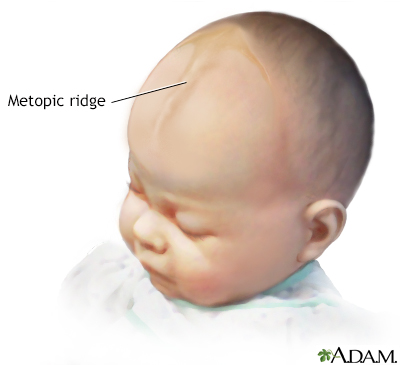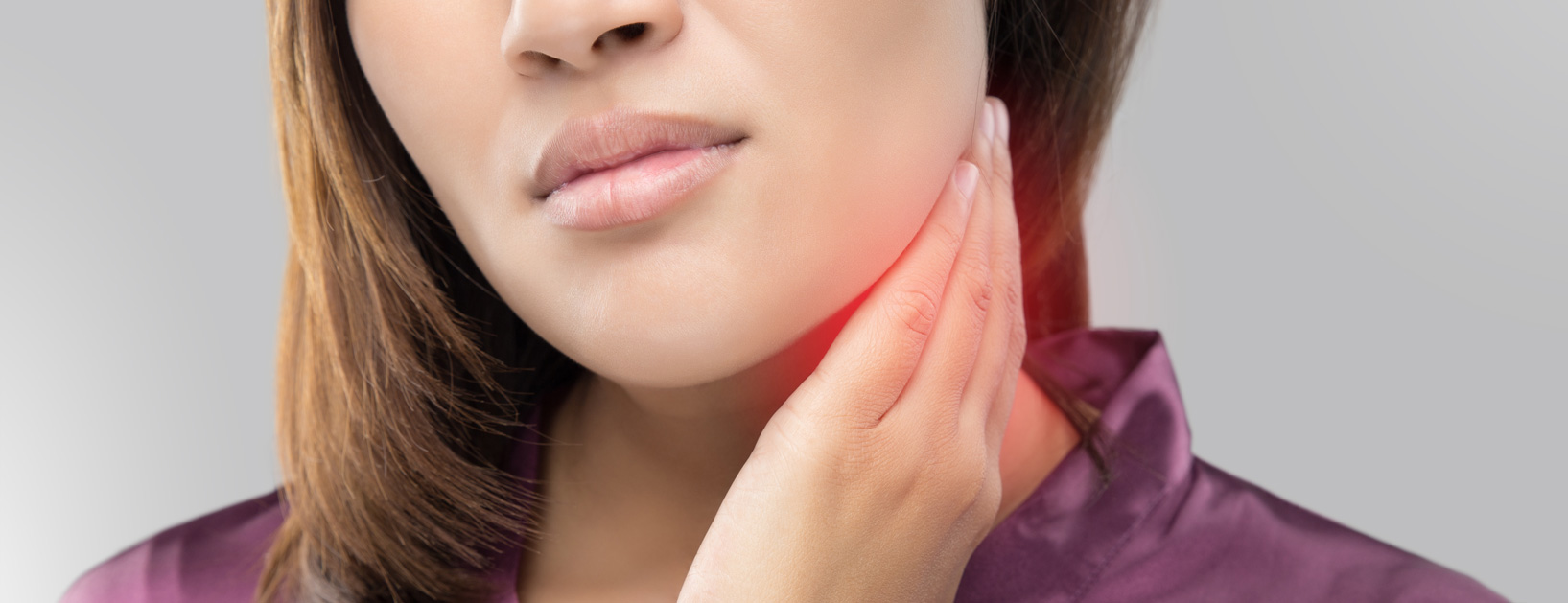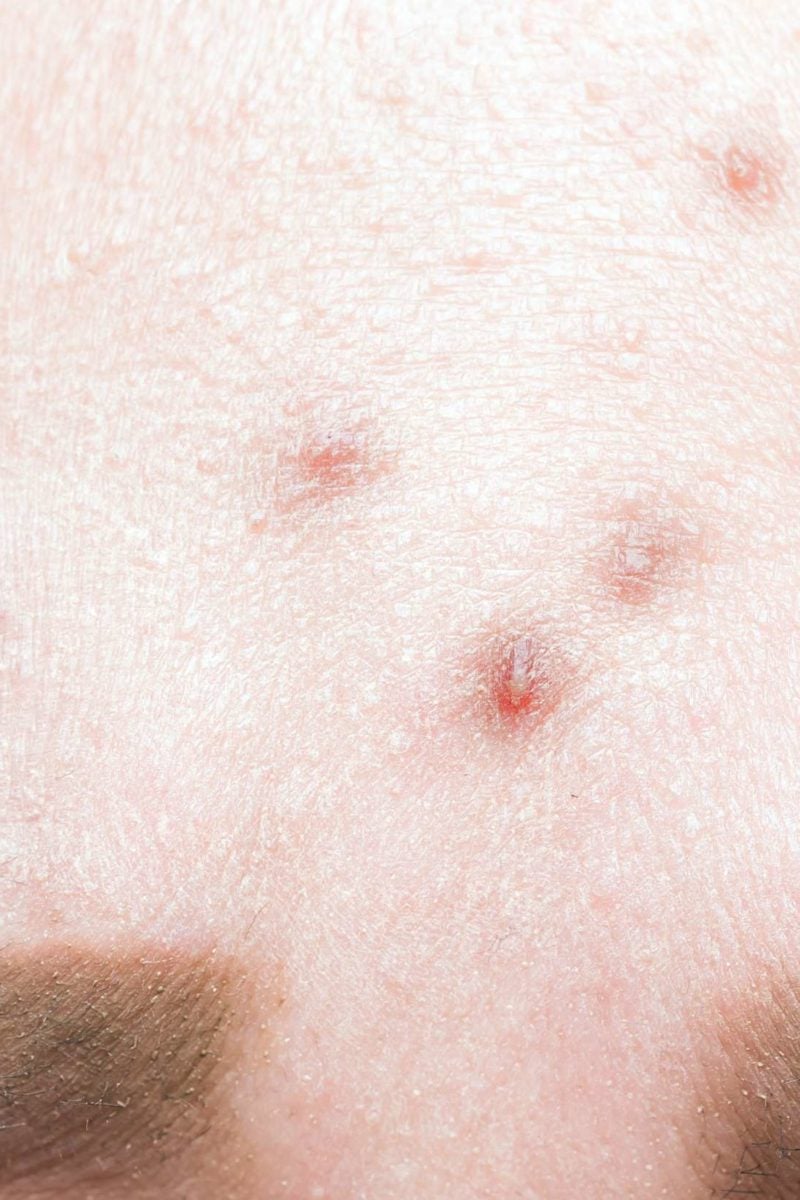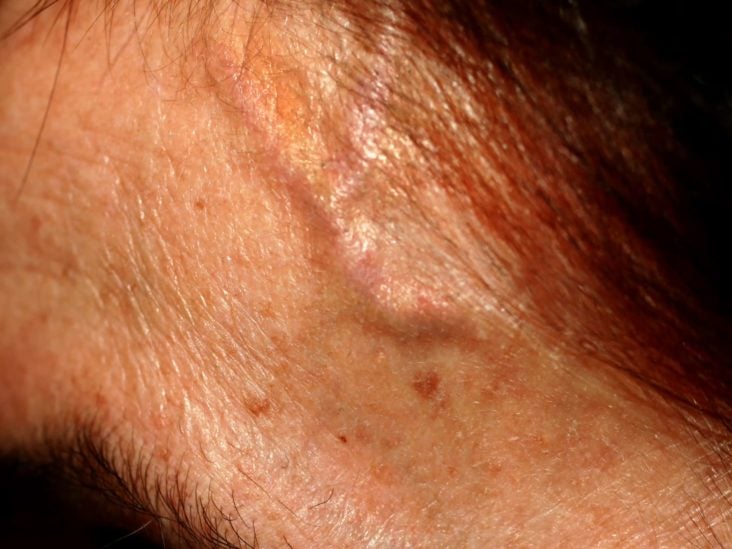
HS in people of color is often misdiagnosed as other conditions that cause lesions. Note that HS prevalence seems to be the highest among Black American women among all women and across all races. Early diagnosis and treatment are vital to keeping it from getting worse. HS affects up to 4 percent of the population, according to Hidradenitis Suppurativa Foundation. The armpits, buttocks, groin, breasts, and inner thighs can all be affected by HS and may cause pitted areas of skin containing blackheads that emerge in pairs or as a double-barreled pattern. These nodules or lesions appear in areas where hair roots exist near sweat glands-places where pimples usually would not show up. Hidradenitis suppurativa (HS) is a chronic inflammatory skin condition that causes painful acne-like bumps under the skin.


But it can be treated with moisturizers and creams that improve skin’s appearance. Keratosis pilaris cannot be cured or prevented. Keratosis pilaris seems to be worse in the winter months and clears up as the weather warms up. The bumps associated with keratosis pilaris feel rough and appear on dry skin.

Keratosis pilaris is a common but harmless skin condition that causes dry, rough patches and tiny bumps on the upper arms, thighs, buttocks, and cheeks. If you're interested in telemedicine but haven't tried it before, start by asking your doctor's office if they offer the option for virtual appointments and take time to read more about the process. Although it's sometimes necessary to see your doctor in person, there are several benefits to telemedicine visits, such as saving the time spent commuting to and from the doctor's office or waiting around for your appointment to start. In some cases, you can conduct your visit via telemedicine. A skin biopsy or additional testing can assist in confirming a diagnosis. He or she will ask questions about the lesions, your medical history, and lifestyle. In reaching a diagnosis, your doctor will perform a physical exam and inspect your skin.



 0 kommentar(er)
0 kommentar(er)
